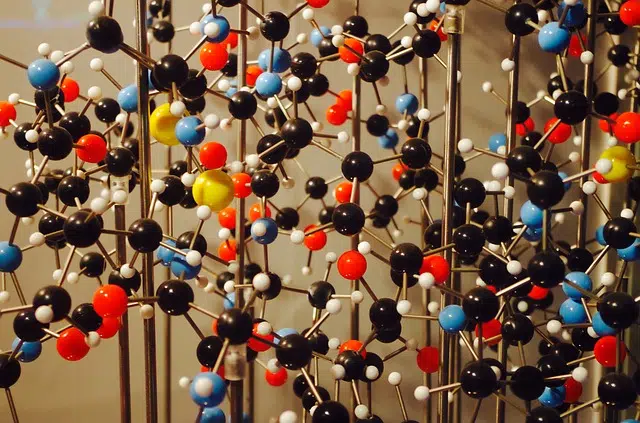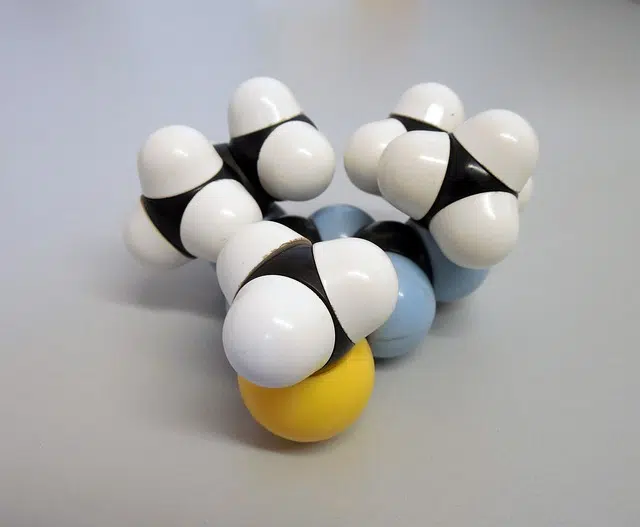
Bioelements are present in all living beings.
Bioelements are the different chemical elements that a species needs to be able to develop normally. Chemical elements, for their part, are types of matter that are made up of atoms of the same kind.
Also known as biogenic elements , bioelements are found in all living organisms. In each living being it is possible to find about seventy elements, although a large part of the mass of cells is made up of just four chemical elements: nitrogen , hydrogen , carbon and oxygen .
Bioelements allow the formation of biomolecules : the molecules that make up living organisms. According to the function they perform in the formation of biomolecules, bioelements can be classified as primary or secondary.
Primary bioelements
The primary bioelements are the four elements named above (nitrogen, hydrogen, carbon and oxygen) plus sulfur and phosphorus . These bioelements are essential for the development of proteins , carbohydrates , nucleic acids and lipids . Let's see more information about them below:
* nitrogen : it appears especially as an amino group (a functional group derived from ammonia or one of its derivatives) in proteins, since it is found in all amino acids . We can also find it in nucleic acids, specifically in their nitrogenous bases. Plants are responsible for incorporating almost all of the nitrogen into nature in the form of nitrate ion ;
* hydrogen : it is one of the essential components of organic molecules (in their carbon skeletons), in addition to its already known presence in the water molecule, without which life as we know it would not be possible. Hydrogen has the ability to form bonds with any bioelement;

The formation of biomolecules is possible thanks to bioelements.
* carbon : can form extensive carbon-carbon chains (so-called macromolecules ) through single or double bonds, as well as cyclic structures. The immense variety of molecules in which it participates is due to its ability to incorporate many diverse radicals. Another of its characteristics is the stability of its links, something that differentiates it from silicon;
* sulfur : it is mainly found in the form of a sulfhydryl radical (a compound whose functional group is formed by two atoms, one of sulfur and the other of hydrogen), as part of several proteins, in which it creates disulfide bonds necessary for the tertiary and quaternary are stable. On the other hand, we can find this primary bioelement in coenzyme A, fundamental for many universal metabolic pathways, among which the Krebs cycle stands out;
* phosphorus : the type of group in which we can generally find it is phosphate, that is, an ion that is made up of a phosphorus atom in the center and four oxygen atoms around it, forming a tetrahedron. This bioelement is usually part of nucleotides. The links it forms have a great energy richness, and this considerably facilitates their exchange.
Secondary biogenic elements
Secondary bioelements , on the other hand, are found in a reduced proportion in living organisms. It is possible to differentiate between essential secondary bioelements and variable secondary bioelements .
Among the essential secondary bioelements, which are found in all living beings, we can name calcium , potassium , sodium and magnesium . Variable secondary bioelements, on the other hand, only appear in certain organisms . This group includes copper , bromine and fluorine , for example.
According to their abundance, finally, bioelements can be differentiated into major bioelements (present at a level greater than 0.1% of the total weight of the organism), trace bioelements (their proportion is between 0.1% and 0 .0001% of the weight ) and ultra-high bioelements (their presence is less than 0.0001% of the organic weight).
